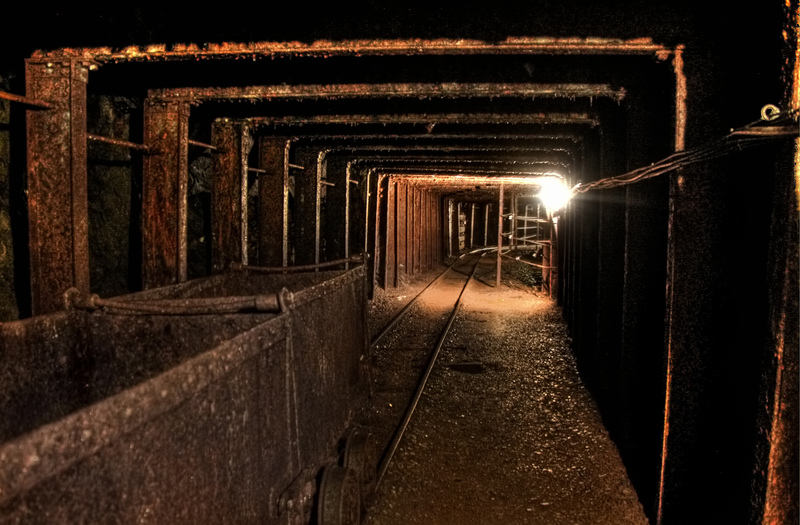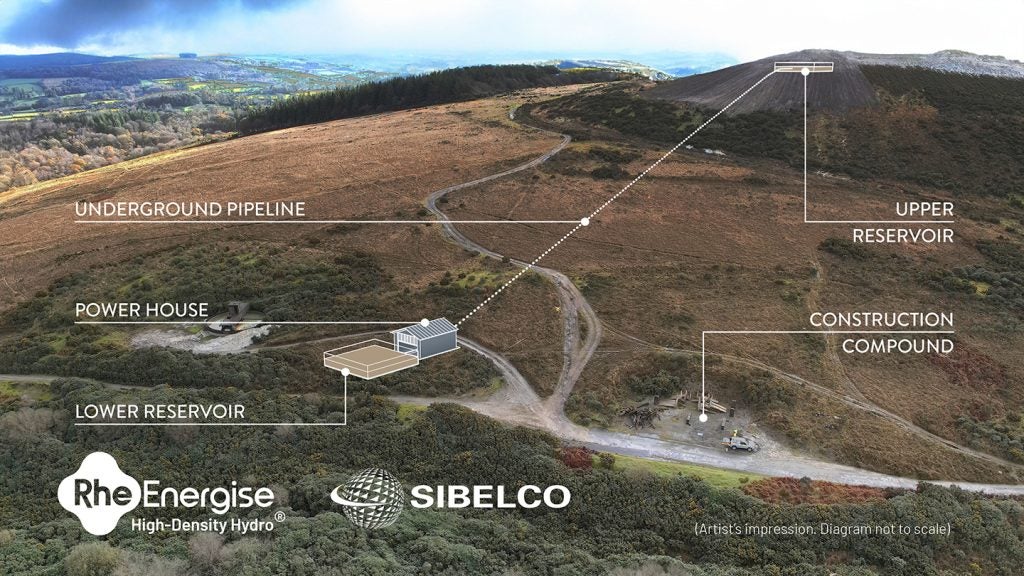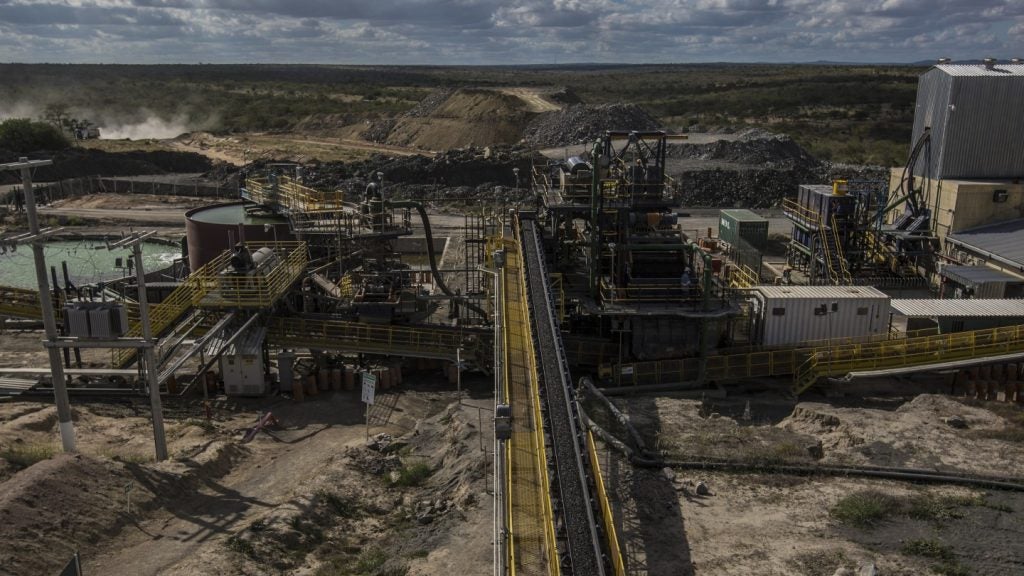
The Australian and Canadian Governments recently announced plans to finance new mines, in a move which suggests that the sourcing of certain materials is becoming a strategic priority worthy of tax payer funds. As demand increases for the metals and rare earth minerals required to make batteries, it seems likely that they won’t be the only countries opening up state coffers to the mining sector.
In June, Australia’s Clean Energy Finance Corporation (CEFC) made its first move into mining when it poured $15m into the Pilgangoora lithium mine in Western Australia. The investment is being made as part of a $100m secured bond issued by an offshoot of ASX-listed company Pilbara Minerals, and is expected to generate life-of-mine revenues of $9.23bn.
According to CEFC chief executive Ian Learmonth, this is an example of how the government-owned green bank can support the development of a strong supply chain to further enable Australia’s – and the world’s – transition to a low-carbon economy.
“Lithium is an essential part of the clean energy transition,” he said in a statement, “particularly as we develop enhanced battery storage technologies that will allow us to increase the use of renewable energy, both for large-scale and small-scale projects.
“The lithium concentrate supplies to be produced by this project will help build Australia’s capacity to supply much-needed resources for the clean energy technologies that are set to play a vital role in increasing the use of renewables in our future energy mix.”
At present, much of the world’s current lithium supply is extracted from salt pans such as those in southern America, but Australia, which has the world’s fourth-largest lithium reserves, is expected to boost its share to nearly half of global production by 2021.
How well do you really know your competitors?
Access the most comprehensive Company Profiles on the market, powered by GlobalData. Save hours of research. Gain competitive edge.

Thank you!
Your download email will arrive shortly
Not ready to buy yet? Download a free sample
We are confident about the unique quality of our Company Profiles. However, we want you to make the most beneficial decision for your business, so we offer a free sample that you can download by submitting the below form
By GlobalDataElsewhere, Canada’s Ressources Québec announced in May that it would support the restart of Champion Irons’ Quebec iron ore mine.
SP Angel mining analyst and partner John Meyer believes these moves indicate that these countries have a deep understanding of the importance of mining to their economies, with Australia, in particular, viewing this project as a chance to help its country’s miners get ahead of those in other nations.
“Canada and Australia are keen to encourage mining through effective state sponsorship – it is clear to politicians in these regions that they need mining to support their economies and pay for social services,” he says. “Nations which reject mining generally have substantial revenues from oil or other sources or are economically bereft of the finance needed to maintain living standards.”
Growing demand for rare earth elements and battery metals
While IHS Markit analyst KC Chang believes it’s too early to say that state-funded mining is becoming a trend, Meyer certainly expects other nations to copy this example, particularly when it comes to strategic minerals such as lithium and rare earths, for which demand is growing steadily in both the high-tech and automotive industries.
“The US and EU need to become more proactive with the rare earth elements (REE) and battery metals, lithium and cobalt,” he says. “There is no shortage of lithium projects in the US and the EU but there is a need for more local processing to produce battery-grade material.”
When it comes to REEs, the challenge is avoiding the pitfalls the Chinese industry has fallen foul of over the last three decades.
“They are environmentally difficult and expensive to extract and the Chinese have suffered major pollution from their haphazard development of REE production,” Meyer explains.
Yet with demand set to boom from 2020 onwards as growth rates of categories such as electric vehicles, wind turbines and other high-tech applications accelerate, governments around the world will have little choice but to increase their involvement in the sector.
Tesla and similar leading companies will put pressure on governments to better enable secure supplies of resources in the US and the EU, Meyer predicts, while a recent report by rare metal research firm Adamas Intelligence forecasted that government-led initiatives will fuel over half of all new global demand growth for rare earths up to 2025.
Decision time: when to invest?
When weighing up which specific projects to get involved with, there are several factors governments need to take into account, not least the environmental implications.
“While politicians understand the financial benefits of mining they must offset this with the political impact they see from environmental activism,” says Meyer. As ever, the devil is in the detail. For instance, does the benefit of developing or rehabilitating a mine offset any environmental negatives?
“In most cases the environmental impact is manageable and should not lead to longer term impact. But there are some situations which should not go ahead where disturbance of the sub-soil geology is not in the longer term interests of local peoples.”
Overall, according to Chang, the decision to finance a new mine must be assessed in the same way as any other business decision.
“In the case of the lithium mine in Australia, the Australian financing institute is offering financing with the expectation that there’s going to be enough demand for lithium from key end-markets, such as electrical vehicles. The long-term viability of these mines means it’s a positive investment for the Australian Government, which in turn means it’s a positive investment for Australian citizens.”
Investment in mines can also be used to drive overall infrastructure developments in remote areas, he adds, in turn stimulating more economic activity on a regional basis.
“At the end of the day, it has to be a project that leads to a positive financial return for the citizens of the country,” he concludes. “It’s a bit too early to say this is a trend yet; commodities and mines are unique assets so each project will be evaluated on a case by case basis.”





